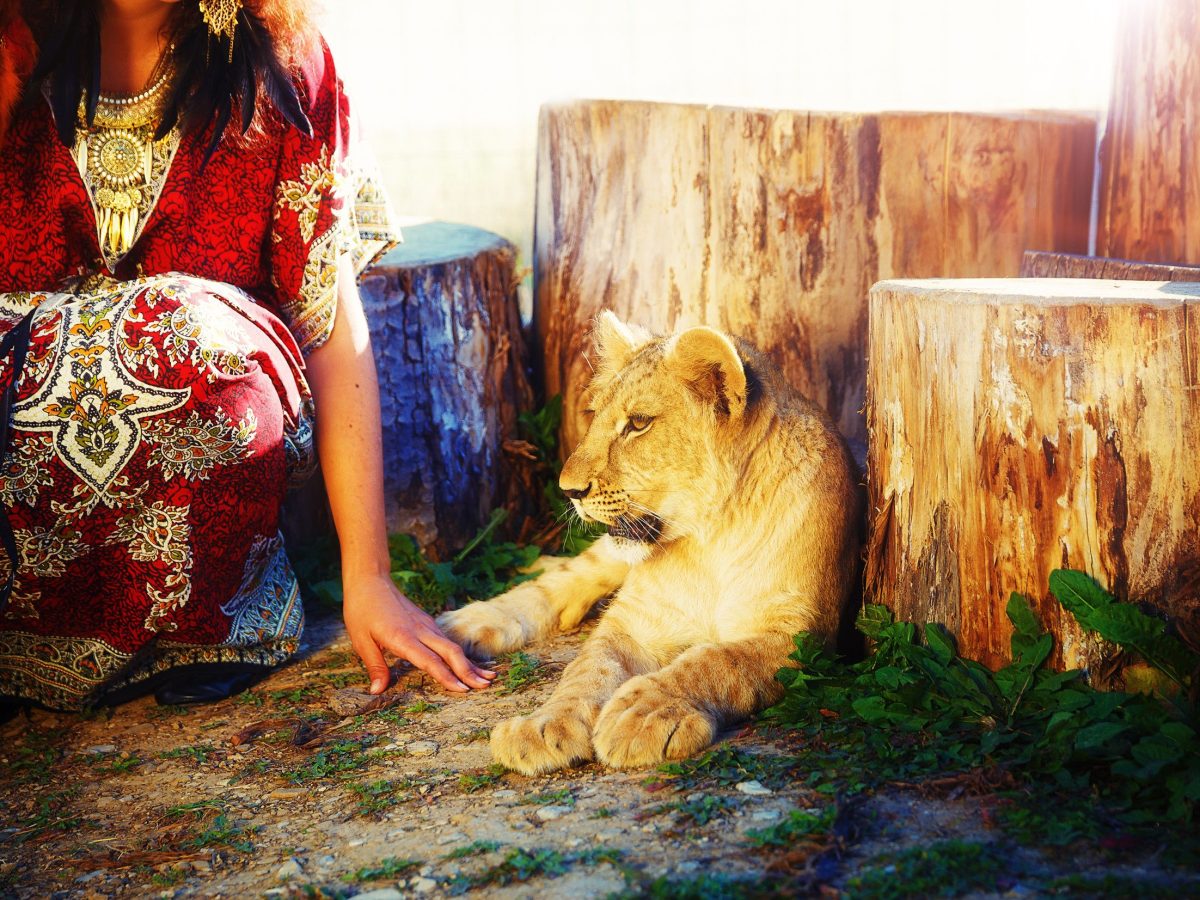
How to Build Lasting Family Rituals That Strengthen Bonds for Life
What Will Your Children Remember?
Long after kids forget their favorite toy or the latest app, something deeper stays with them:
The Saturday pancake breakfasts.
The “I love you” whispered the same way every night.
The annual camping trip, even if it rained.
The way you all sang in the car on the way home.
These small, repeated moments, anchored in love, repetition, and meaning, are what psychologists call family rituals. They’re not just routines. They’re identity.
And in a world that’s often chaotic and fast-paced, rituals offer children (and parents) a powerful sense of belonging, rhythm, and emotional security.
So let’s explore why family rituals matter, what research says about their long-term effects, and how to create meaningful traditions that stick, no matter your schedule, budget, or background!
Rituals vs. Routines: What’s the Difference?
Routine = Function
Routine is brushing teeth every night at 8:00. It’s practical and necessary.
Ritual = Meaning
Ritual is brushing teeth while singing the same silly song and giving each child a “monster check” after. It transforms a mundane task into a moment of connection.
Dr. Barbara Fiese, a leading expert on family rituals, explains that rituals are routines infused with emotion, symbolism, and repetition. And those subtle ingredients make a big difference.
The Psychology of Rituals: Why They Matter
Rituals provide:
- Predictability (which lowers anxiety)
- Emotional connection (especially in parent-child relationships)
- Shared identity (which builds resilience and belonging)
- Transitions (which help children navigate change or stress)
According to a long-term study in the Journal of Family Psychology, families that maintain regular rituals, especially during times of transition like divorce, illness, or adolescence, show better communication, lower stress, and stronger emotional bonds.
Start Small, Go Deep: How to Create a Ritual That Lasts
Actionable Framework
STEP 1: Identify the Everyday Moments
Look at what’s already happening, bedtime, meals, mornings, car rides, and choose one to infuse with warmth or meaning.
STEP 2: Add Intention
Ask: What could we say, do, or repeat that makes this moment feel special, shared, or sacred?
STEP 3: Repeat Consistently
Repetition gives the moment weight over time. A good ritual feels comforting because it’s familiar.
Examples
- Bedtime Blessing: A unique phrase you whisper each night (“You are safe. You are loved. Always.”)
- Friday Family Dinners: Everyone cooks or chooses a meal together.
- Monthly Adventure Day: Once a month, go on a mini adventure, hike, museum, picnic, or explore a new place.
Emotional Intelligence Through Ritual
Family rituals often provide built-in opportunities to nurture emotional intelligence.
According to the Yale Center for Emotional Intelligence, rituals help children develop empathy, self-regulation, and emotional literacy, especially when rituals include shared storytelling, naming feelings, or reflecting on the day.
Actionable Tips
- Rose & Thorn: At dinner or bedtime, each person shares a “rose” (best part of the day) and “thorn” (hard part). This simple ritual builds emotional vocabulary and invites reflection.
- Hug Countdown: A ritual for kids who need help with transitions. “Three hugs and then you go!” creates a moment of warmth where anxiety often flares.
Connecting Across Generations
Family rituals also link children to something bigger than themselves, a sense of continuity that extends beyond the present moment.
Anthropologist Marshall Sahlins notes that rituals often “carry the family’s emotional DNA.” Whether religious, cultural, or invented, these traditions give kids a sense of belonging to a lineage.
Actionable Tips
- Story Time with Elders: Invite grandparents or older relatives to share stories from their childhood, live or through voice recordings.
- Pass Down Traditions: Cooking a family recipe together every holiday. Planting a tree for each child. Lighting a candle for ancestors.
Even small gestures like these reinforce identity and continuity in a way that builds resilience.
Rituals During Hard Times
Rituals become especially important during periods of change, grief, or stress. They act as emotional anchors.
During illness, separation, or crisis, predictable rituals can:
- Help children feel safe
- Maintain connection even when communication is strained
- Offer a sense of stability amid chaos
Examples
- Hospital Visit Ritual: A drawing sent each visit, or a shared bedtime call with a song or phrase.
- Divorce Transition Ritual: A special handshake or phrase used each time the child moves from one home to another.
These rituals don’t erase pain, but they hold children emotionally while life shifts around them.
Keep It Flexible, Not Perfect
The goal of ritual is not performance, it’s presence.
Rituals evolve as your family changes. What works for a toddler may shift with a teenager. What matters is not the perfection of the ritual, but the intention and consistency behind it.
If life gets busy and you miss a day, it’s okay. Rituals aren’t broken by imperfection, they’re strengthened by returning to them.
Common Pitfalls to Avoid
- Forcing participation: Invite, don’t insist. Rituals grow when kids have agency and fun.
- Overscheduling: A ritual doesn’t have to be daily. Weekly or monthly can be just as powerful.
- Making it complicated: The simpler the ritual, the more likely it will stick.
A Legacy of Love in Little Moments
In the end, family rituals aren’t about grandeur or Pinterest-worthy plans. They’re about anchoring your family in something steady, meaningful, and shared, so your children know who they are, where they belong, and what it feels like to be loved consistently.
Years from now, they may not remember every lesson you tried to teach them.
But they’ll remember how you sang that silly song before bed.
Or how you made pancakes shaped like initials.
Or how you always whispered the same words before turning off the light.
That is what lasts.
And that is the quiet magic of ritual.
Let us know your thoughts in the comments!
Love, joy, and respect to you, always!




